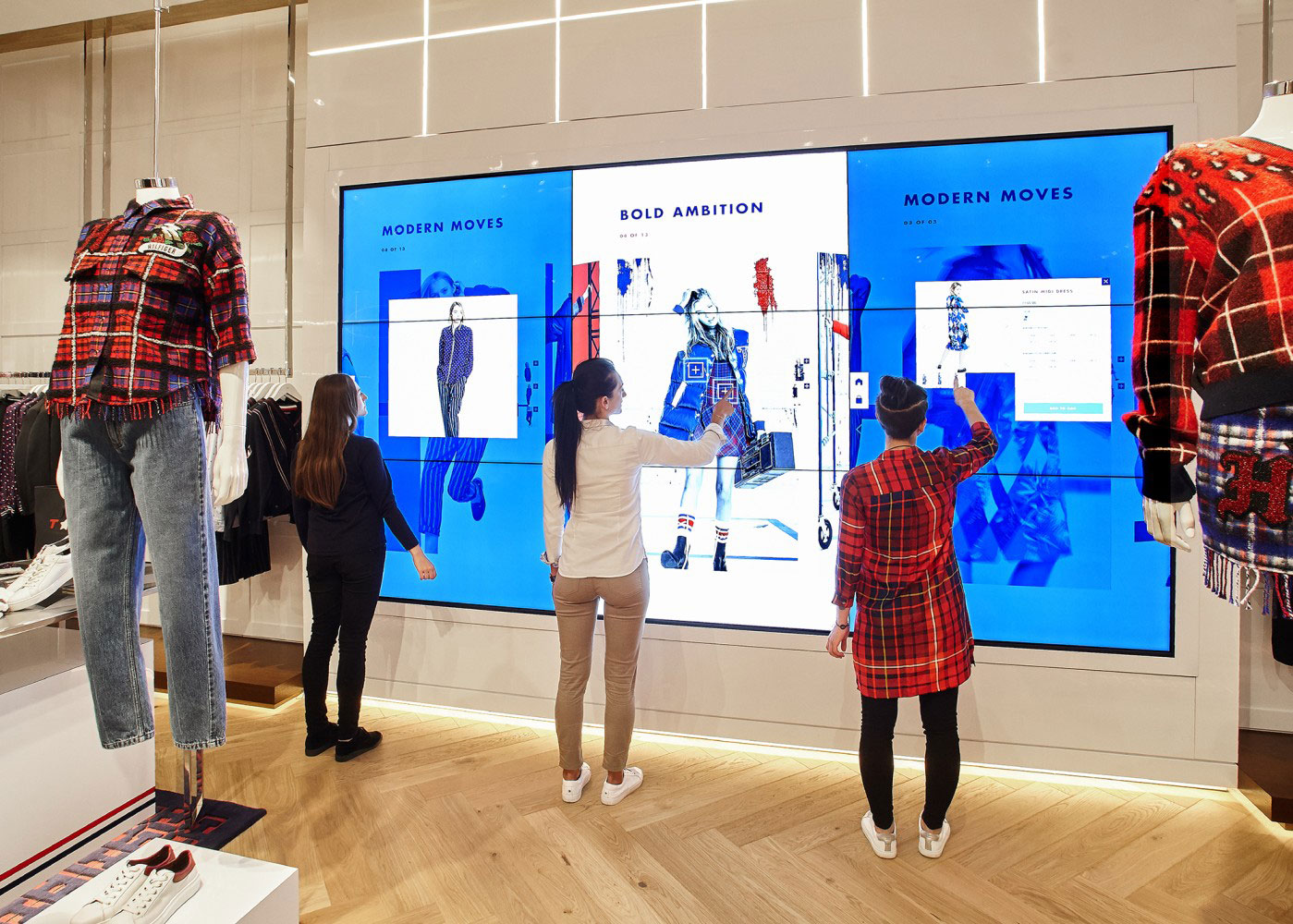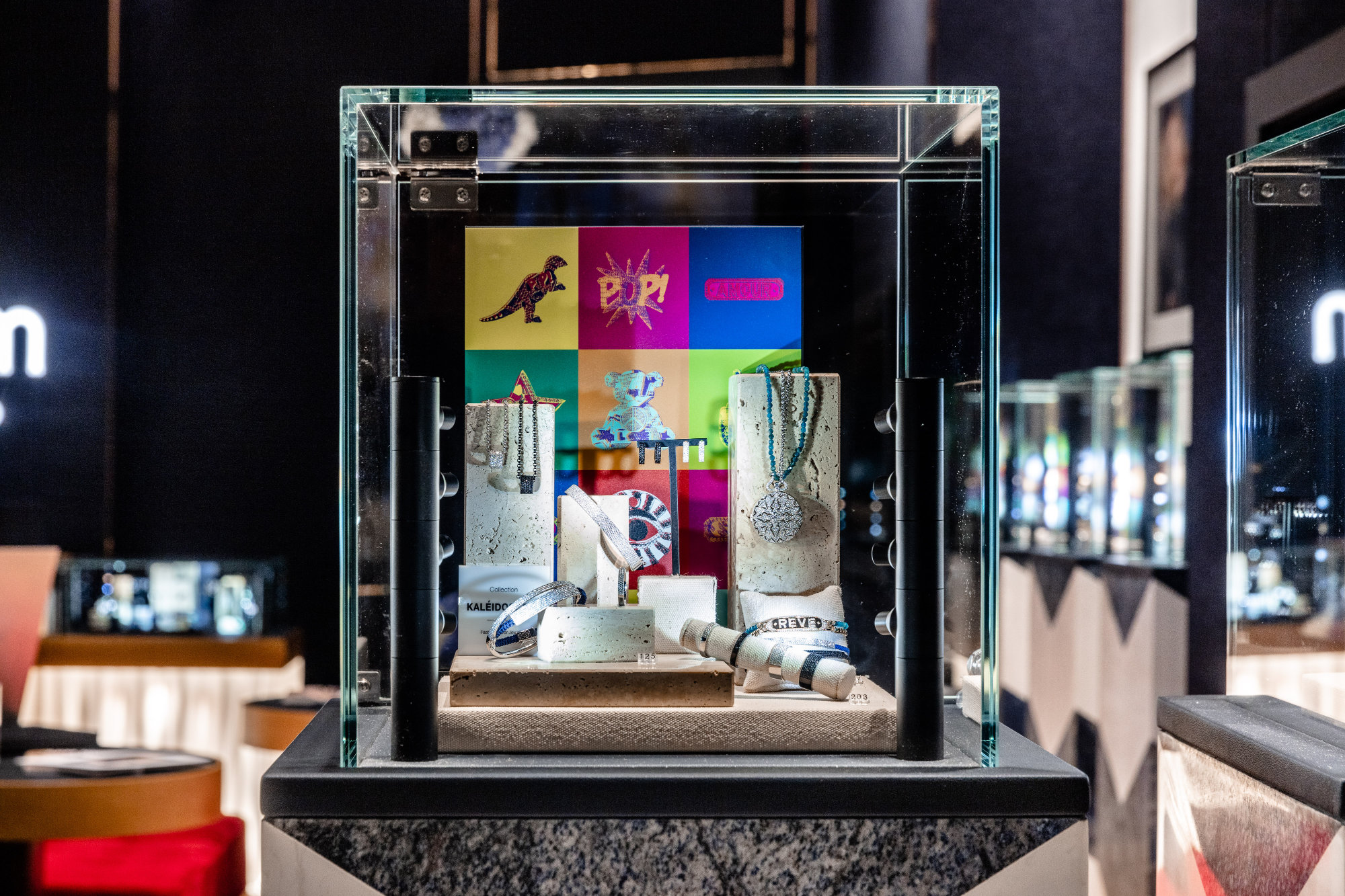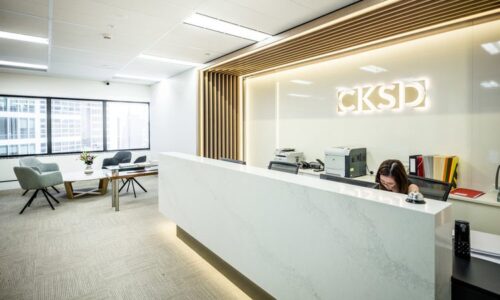Adaptation is the key
The last few years have seen major shifts in the retail landscape and in this ever-evolving world, adaptation is not just a strategy; it’s a necessity.
The rapid rise of eCommerce, growing demand for a more personalised shopping experience, omnichannel fulfilment options and faster delivery expectations are forcing retailers to reinvent themselves and transform.
In this light, it is interesting to have a look at some of the top retail refit & refurbishment trends and see where the industry is going in 2024.

1. Store Within a Store: Elevating the Customer Experience
The concept of “stores within stores” has gained momentum as retailers seek to optimise space and enhance the customer journey. By partnering with external brands or retailers, stores can offer specialised sections, providing consumers with a curated selection of products. Whether it’s a pharmacy counter within a general merchandise store or a cozy café nestled in a bookstore, these integrated spaces offer the customer a convenient, diverse shopping experience, encouraging them to stay longer.
2. Digital Integration: Enhancing In-Store Experiences
Incorporating digital technology is imperative for brick-and-mortar retailers if they want to stay competitive. From AI-powered inventory management systems to interactive displays and augmented reality mirrors, technology is revolutionising the in-store experience. For instance, Sephora now has a Virtual Artist app that allows customers to try on makeup virtually, enhancing the in-store experience and making it more engaging. Through digital integration, retailers can offer their customers a more streamlined and personal experience.

3. Sustainability: Building a Greener Future
Customers are more environmentally aware. This has had a knock-on effect across retail, with retailers being forced to embrace eco-friendly practices, from using sustainable materials in their refurbishments to incorporating energy-efficient lighting in their stores to integrating green architecture into store designs. As sustainability continues to influence consumer preferences, retailers are increasingly aligning their store designs with eco-conscious principles.
4. Flexible Store Layouts: Adapting to Changing Needs
Rigid, fixed layouts are giving way to flexible store designs. Pop-up shops, modular displays, and movable fixtures allow retailers to refresh their spaces rapidly, catering to evolving trends and customer preferences. This flexibility not only enhances the shopping experience but also facilitates seamless integration of new technologies and design elements, ensuring continued relevance in a dynamic retail landscape.
5. Art and Aesthetics: Crafting Memorable Experiences
Visual appeal plays a pivotal role in captivating the modern consumer. Retail spaces are evolving into artistic expressions, with bold colours, unique textures, and eye-catching installations. Art is used to transform stores into amazing aesthetic marvels as well as convey brand identity. This elevates shopping into a true shopping experience, leaving a lasting impression on visitors, something very different from online shopping.

Looking Ahead: Navigating the Future of Retail
As we peer into the future of retail, one thing is obvious: adaptation is key to survival. Physical stores will need to embrace emerging trends, harness the power of technology, and prioritise sustainability if they want to carve out a distinct identity and remain relevant. All these trends will play out in retail refits and refurbishments in 2024.


